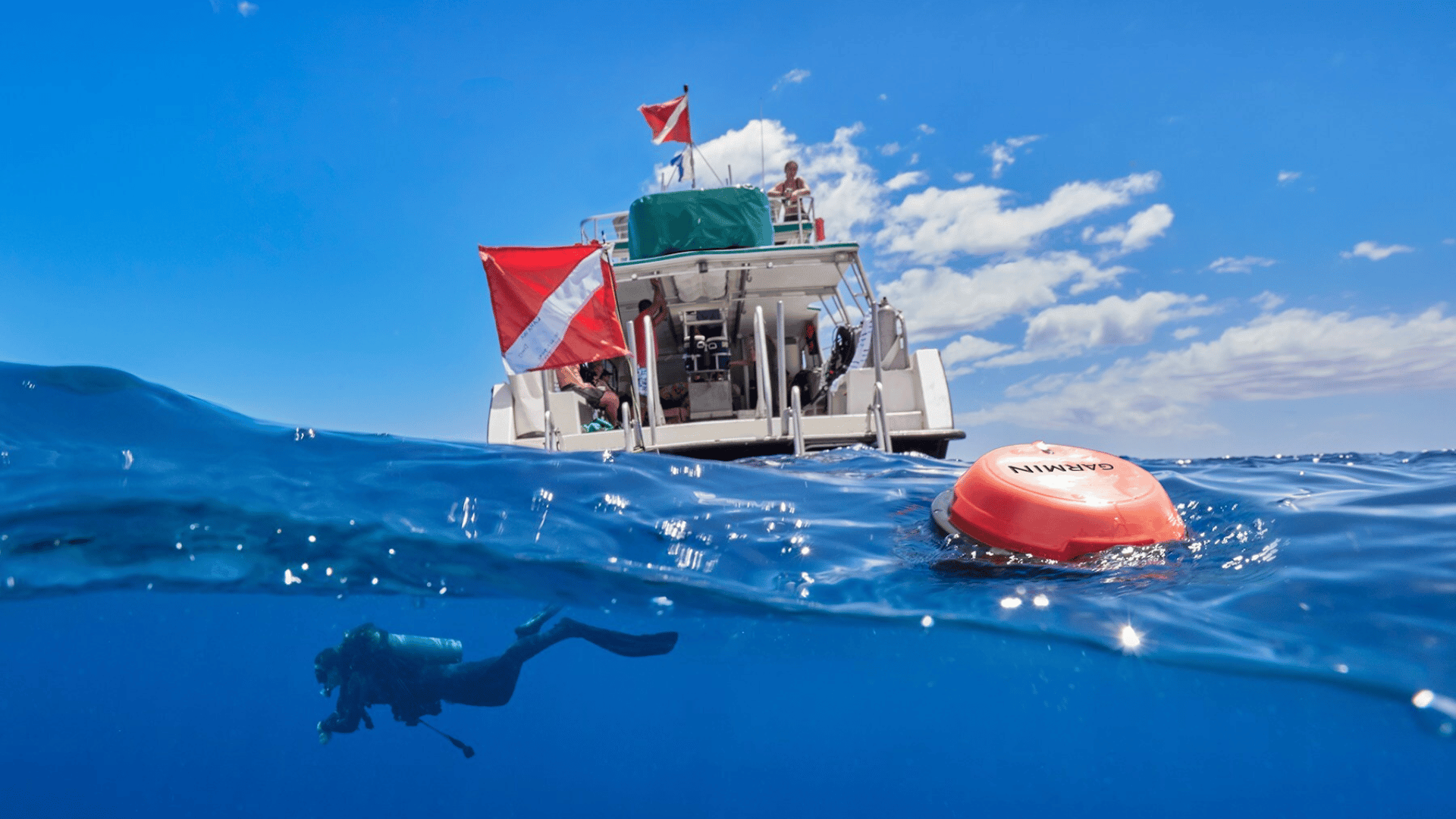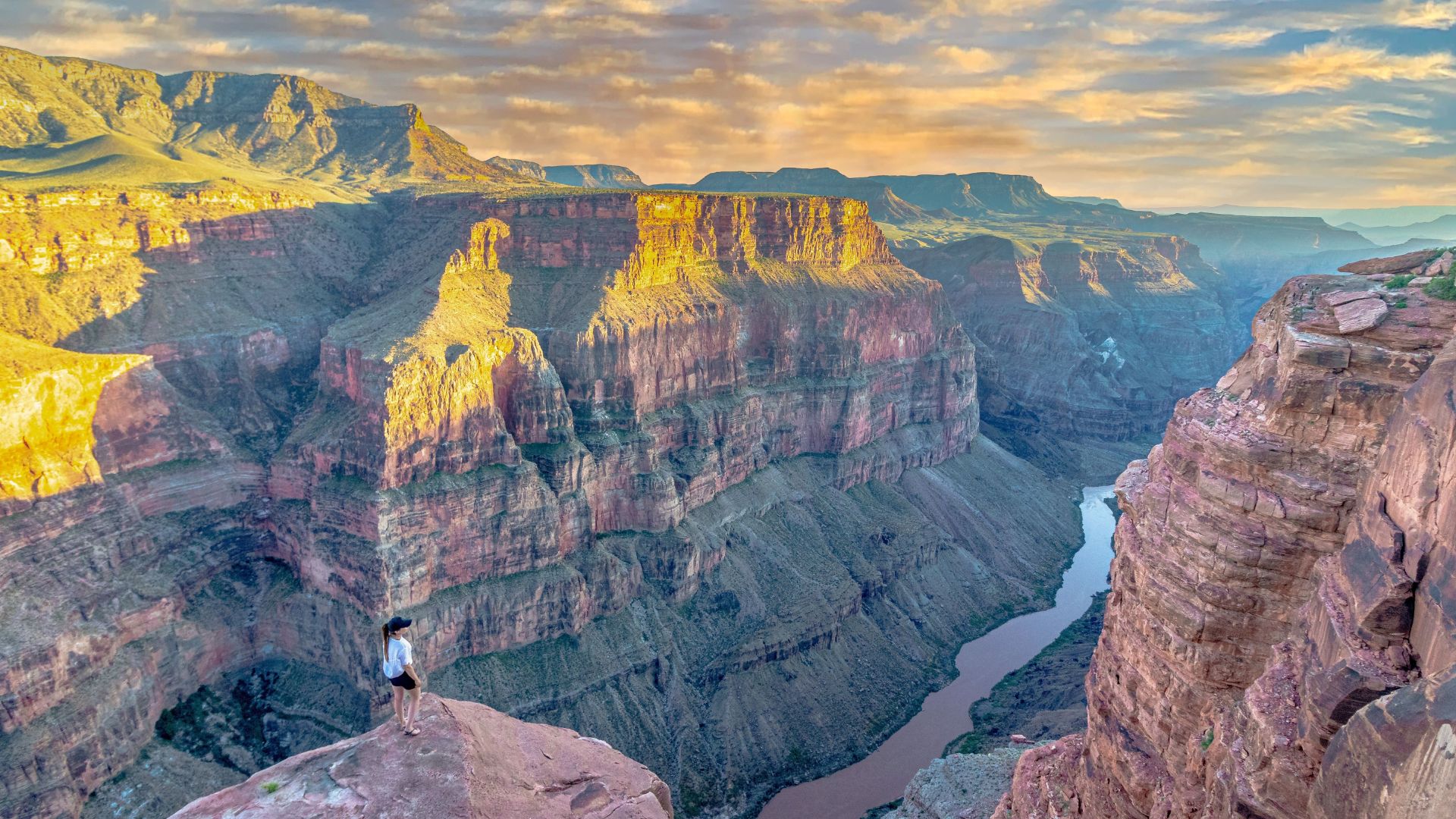Picture this: You’re boating on crystal bright blue water. Sea air is blowing through your hair and across your face, the warm sun is shining down on you… and then, all of a sudden, there are enormous towering cliffs surrounding you. The sight is breathtaking and the combination of the height and precariousness leave you breathless.

The word Na Pali translated means ‘the cliffs’ because the cliffs at Na Pali rise as much as 4,000 feet above the Pacific ocean. This wonder of the world was formed through the geological collision of tectonic plates, which resulted in huge volcanic eruptions. Over time, erosion by wind and water has further allowed nature to form the gorgeous cliffs that we now have today.
This portion of the island is inaccessible by land so anyone wishing to behold this natural phenomenon, as well as the surrounding small coves, will need to travel by boat. You’re also able to see the magnificent cliffs by air as helicopters are frequently chartered so that viewers can witness the cascading waterfalls, gorges, and deep valleys. You may have seen the Na Pali Cliffs featured in movies like King Kong and Jurrasic Park as their immense height and size add beautiful and dangerous imagery and suspense.

Recent archeological discoveries yielded the notion that this area of the island has been inhabited for hundreds of years. Early settlers of the Na Pali Coast were Polynesian navigators in 1200 AD. They were shortly followed by Tahitian migrants and the culture contained communities that farmed, fished, and traded goods.
At the foot of the cliffs can be found sandy beaches in which sea turtles and dolphins are a very common sight. Anyone looking to visit and take one of the challenging and treacherous hikes should be cautious as the Na Pali Coast is one of the wettest places on earth, with an average rainfall of 100 inches per annum. And this only increases at more central parts of the island where there are higher altitudes and rainfall reaches roughly 400 inches per annum.







